2013 is the 40th anniversary of two important moments in wildlife conservation history. In 1973, Congress enacted and President Nixon sign into law the Endangered Species Act. The ESA has become the U.S.A.’s most important wildlife conservation law, helping rescue from extinction the American bald eagle, the Florida panther, and hundreds of other at-risk species. It also has unleashed countless wildlife and habitat restoration projects across the country and served as the model and inspiration for endangered species laws and programs around the globe.
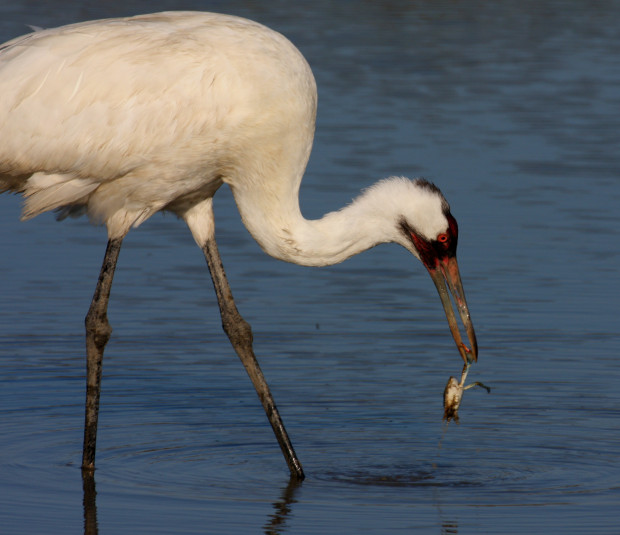
1973 was also the year that the National Wildlife Federation launched its Certified Wildlife Habitat (CWH) program, in which homeowners, business owners, parks agencies and others voluntarily commit to providing the habitat elements needed by native wildlife in their communities. Today, over 160,000 properties are enrolled in the program. Perhaps most importantly, many local officials today are using CWH as a vehicle to organize community-based wildlife conservation efforts. Soon we will have secured participation from 175 certified communities, representing 10 million residents, committing to restoring and maintaining wildlife habitat in their communities.
For endangered species, habitat is the key

The importance of urban wildlife restoration was not a subject of national debate in 1973. The American people were focused on declining environmental quality, but when it came to the cities, the big topic was the sorry state of the air and water and the inadequate regulation of industrial pollution. When the Cuyahoga River again caught fire just outside of Cleveland in 1969, the national outrage boiled over and spurred an avalanche of pollution control initiatives, including the creation of the Environmental Protection Agency.
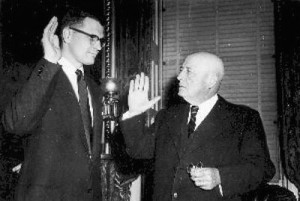
Fortunately, the authors of the ESA were sufficiently visionary to offer protections to any plant or animal species threatened with extinction, regardless of where it might reside (although in the U.S., plants and invertebrate animal species would get significantly less protection than vertebrate animal species, and species outside of the U.S. would get far less attention). Beginning in 1973, for the first time ever, developers and local governments in the U.S. cities and suburbs were required to think seriously about the implications of their proposed actions on endangered wildlife.
Innovative protections for threatened plants and animals
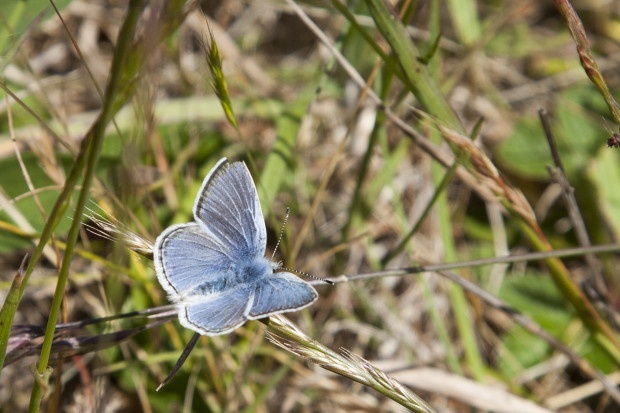
Implementation of Section 10 has not been without controversy. I represented NWF and other conservation groups in the late 1990s and early 2000s challenging some implementation decisions in the courtroom and as an advocate before the Clinton Administration to help ensure that an appropriate balance is struck between the needs of developers and those of wildlife.
Where do urban and suburban habitats come in?
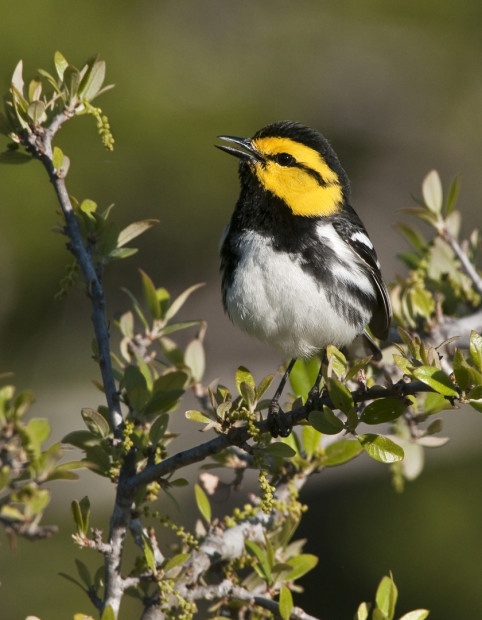
Meanwhile, many urban and suburban leaders in places without ESA listings are also pioneering new approaches to wildlife restoration, while helping reconnect people to the nature in their communities. The core idea of the Community Wildlife Habitat certification—that city leaders will harness community pride and volunteer spirit with just a simple recognition and thank you from a national conservation organization—is spurring exciting wildlife restoration efforts in big cities such as Baltimore, Maryland and small suburbs such as Davie, Florida, an ethically diverse town just outside of Fort Lauderdale with 96,000 residents.
Studies on how best to conserve biodiversity in urban yards and parks are in their relative infancy. One recent study of the Certified Wildlife Habitat program found that participants were providing significantly greater habitat for native wildlife than non-participants. However, to date, no one has studied how best to organize efforts at a landscape scale to ensure that measurable benefits to targeted species are achieved. NWF has begun reaching out to partners such as the Cornell Lab of Ornithology and the U.S. Geological Survey to address this challenge for the Community Wildlife Habitat program.
In the meantime, groups such as Monarch Watch, initially focused on using citizens to gather scientific data on the Monarch Butterfly, are shifting to a more active approach, challenging their members and supporters to carry out the restoration actions needed to address threats to long-term survival. Thanks to the internet, the typical urban dweller now has a wealth of information on how to make a difference, both on the science and on the groups who are working on the ground to make a difference.
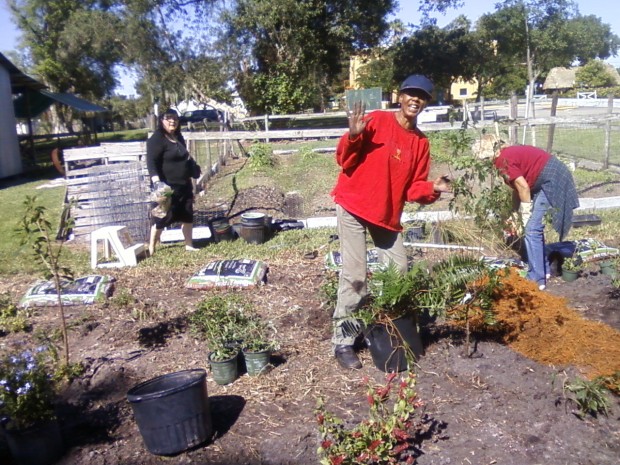
Although it may be tempting to conclude that there is little that can be done given the vastness of the threats facing wildlife, the past 40 years of experience with the ESA and CWH suggests otherwise. These programs show that with a strong Endangered Species Act and other conservation laws, complemented by strong voluntary restoration programs, substantial progress on wildlife conservation can be made in the very communities where we live.
John Kostyack
Washington, DC
This post was also published on NWF’s Wildlife Promise.

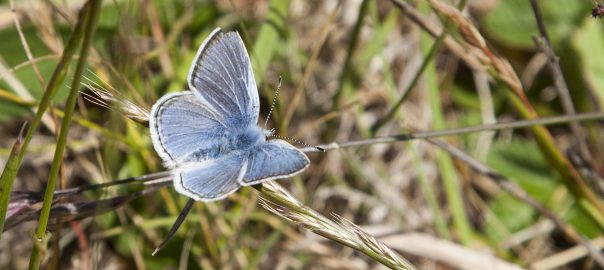






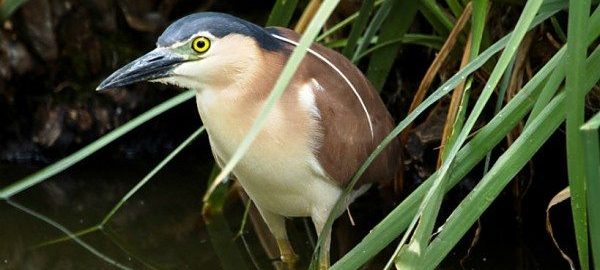
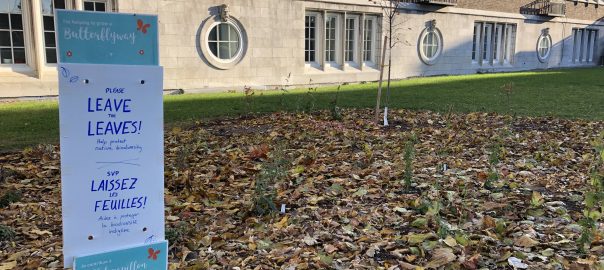

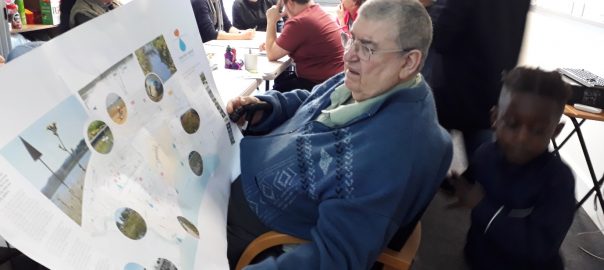
Thank you for writing this article.
Happy to know this. Thank you.
A well written article. Thank you.
Steve – please contact me – cheers
Steve – see this web site. http://livinggreen.ifas.ufl.edu/tv_episodes/landscaping_for_wildlife.html Happy to help
You should get in touch with John Kostyack and Mark Hostetler, both of whom write for this site.
I’m making a documentary to popularize the idea that people should be using their land – yards, business property, farms, etc. – to help endangered and troubled species. I want to interview about 10 to 15 people worldwide who are already doing this. I’m particularly interested in interviewing people who are doing this on their private property in urban areas.